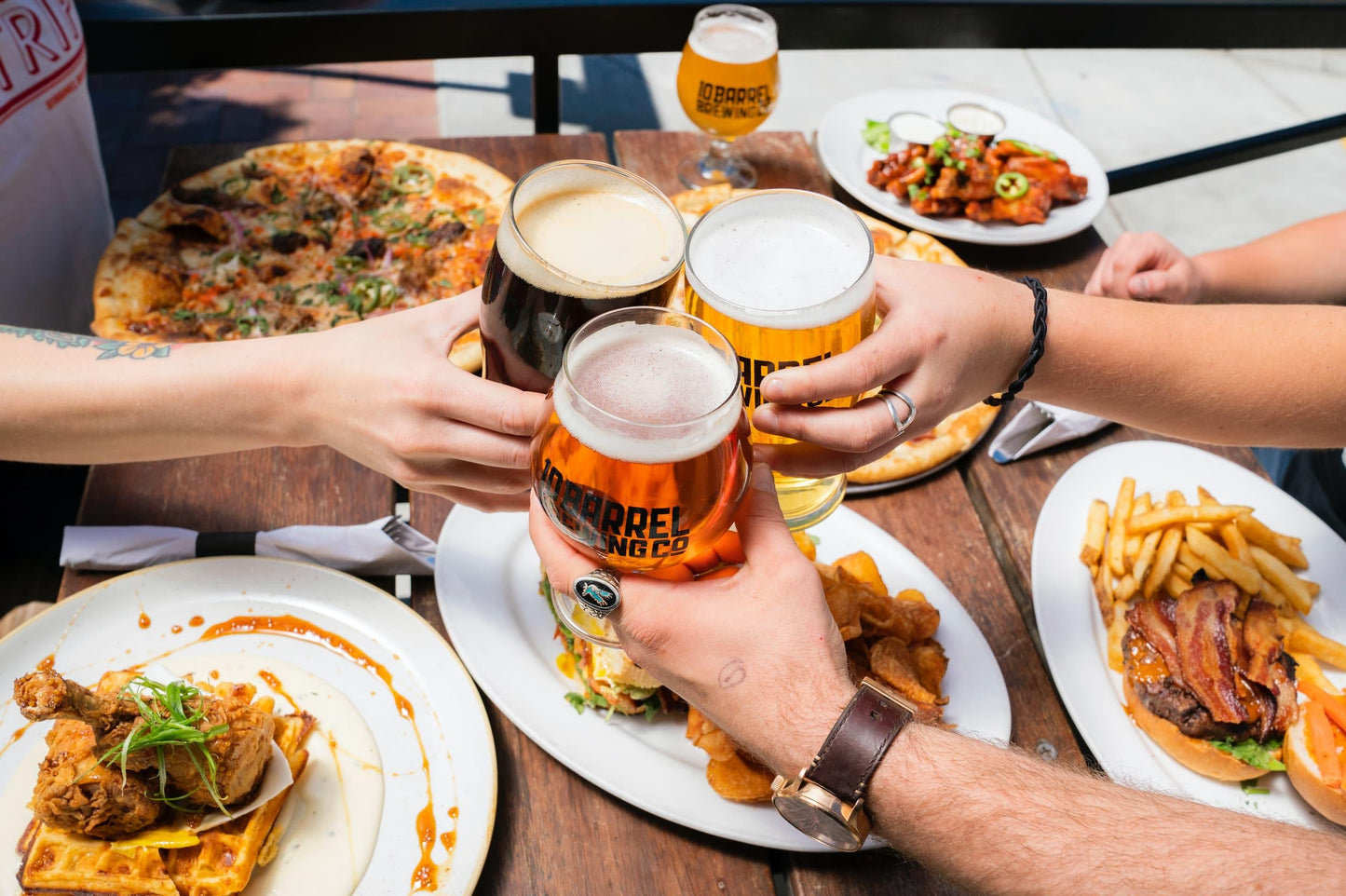
With beer being the world’s oldest drink besides water itself, it is naturally gone through a wide range of evolutions since its pre-civilisation roots.
Alongside alcohol-free beer and beers made from rather esoteric sources, one of the most fascinating evolutions has been the rise of gluten-free beer from a seeming impossibility to a thankfully essential norm for drinkers who suffer from coeliac disease.
Given the potentially fatal consequences of gluten consumption, people with an intolerance have historically had to avoid beers of any kind, since the vast majority of beers are brewed with barley or wheat, which are prominent triggers for coeliac disease.
The rise of gluten-free beer is a consequence of the rise of the popularity of gluten-free diets beyond people who suffer from a specific intolerance. Whilst initially discovered in Ancient Greece, the connection between gluten and coeliac would only be discovered in the 1940s.
Dr Willem Dicke noticed that during the 1944 Dutch Famine that the death rate of children suffering from coeliac reduced dramatically, due to the lack of availability of flour and bread, with the numbers increasing from practically zero to over 35 per cent.
Over the following decades, further discoveries were made such as gluten intolerances that were not coeliac disease, as well as improved nutritional formulations for gluten-free and gluten-reduced diets.
Whilst there were huge advances in the 1990s and early 2000s when it came to other gluten-free foods, beer was more difficult, with the main way to make a gluten-free brew being to use alternative ingredients such as maize, rice or millet.
However, as early as 1999, enzymes such as brewer’s Clarex were first developed, which whilst primarily used as an industrial filter in beer production, could also be used to break down gluten into non-harmful amino acids to a point that the beers can be considered gluten-free (less than 20 parts per million).
By 2006, enough gluten-free beers were on the market for there to be an international beer festival celebrating them led by the Campaign for Real Ale.
This has since led to a huge movement for gluten-free beer that has only increased to this day, helped by improved processes, increased awareness and better regulation and testing requirements.
It has taken quite a long time to reach that point, with certain regions having particular difficulties in launching a gluten-free beer.
In the United States, for example, brewers could not for the longest time call any drink a beer that did not have at least 25 per cent malted barley content in it, which not only meant that gluten-free beer was impossible but it meant that rice beer and beers made with alternative ingredients did not qualify either.
This changed after the Milwaukee-based Lakefront Brewery produced a sorghum-based beer known as New Grist, and managed to successfully campaign for the Alcohol and Tobacco Tax and Trade Bureau to change their rules surrounding the classification of beer.
It worked, and the brewery saw renewed success primarily driven by the popularity of its gluten-free beer.
Whilst up until the mid-2000s it could be difficult to find a gluten-free beer that managed to taste as satisfying as a malted brew, in 2022 there are so many high-quality gluten-free craft beers to choose from, which helps to ensure that everybody can find a drink they like.
